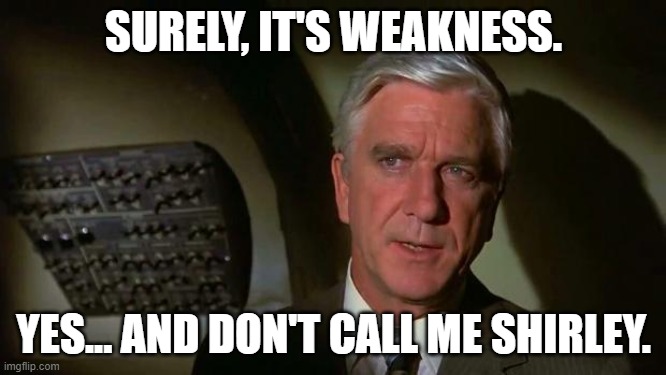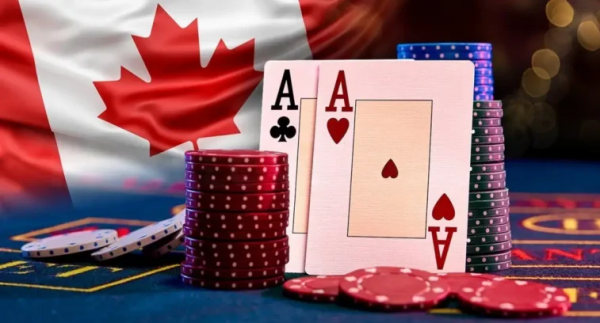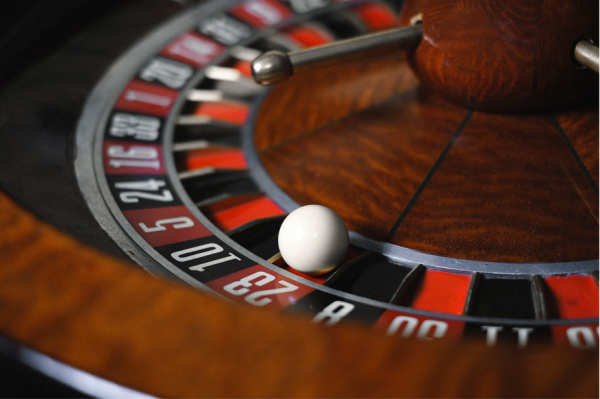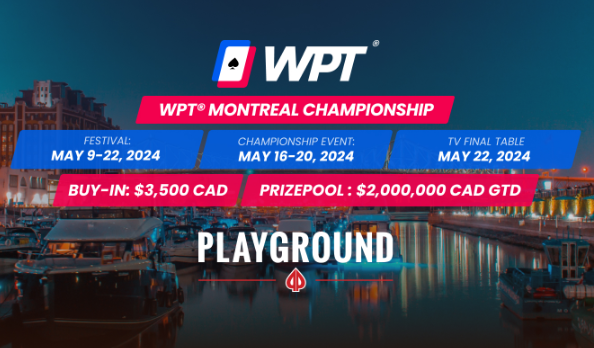One of the most important decisions that players have in every hand dealt is the size of their bets and raises. Bet sizing matters and it’s a conscious choice that players make, whether it’s going all-in or donk betting just 1bb.
This is one of the great parts of playing no limit versus limit poker. Having a choice in bet size gives the no limit player more options as well as more information to work with. You can tailor your bet size to gain the value or the folds you’re looking for, and you can use your opponent’s bet size to make a read on the strength of their hand.

Big = Strong; Small = Weak
In general, big bets and raises are a sign of strength, while smaller sizes are a sign of weakness. This is because when bluffing, players want to save money just in case their opponent doesn’t fold. And when they’ve got the nuts, they go for as much value as possible.
We’ve all seen this play out thousands of times. The big blind player calls a pre-flop raise and the flop comes down A97 rainbow. They donk bet into the raiser for only 2bbs in the 8bb pot. What do you make of this bet?
Surely, it’s weakness.

If he hit a top pair or better hand, he’s either check-raising or betting bigger (1/2 pot or more) to gain value from your strong pre-flop range. Sometimes a set of 7s might make this play in hopes you raise, but if you just call with a pair or a straight draw, he’s missing out on value.
Bet Sizes Across Multiple Streets
The bet size on one particular street matters and can help you read into their actions. But it can be extremely helpful if you pay attention to their bet size across every street.
Here’s a prime example:
Your opponent open-raised pre-flop, and you’re the only caller on the button. The flop comes down Ad 9d 7s. He makes the out of position c-bet for 1/2 pot, and you decide to call.
Your hand reading skills and experience with this player tells you he’s making this 1/2 pot bet with one pair hands or better and flush/straight draws.
The turn comes the 6s, making the board Ad 9d 7s 6s (two flush draws possible and 3-to-the-straight). Your opponent increases his bet to 3/4 pot. What can you make of this increase in bet size?
Generally, it’s because the board got wetter and they’re concerned with all the possible draws and want to charge you to continue in the hand, so it could be top pair or better. Draws often continue bluffing at the same size to continue the pressure but not put too many chips at risk.
Let’s flip the sizing now and on that same flop and turn after making the 1/2 pot flop c-bet, your opponent fires 1/4 pot when the board got wetter. What do you make of this?
Looks to me like they’re bluffing and they want to make the cheapest possible bet to get you to fold. Alternatively, they have a draw and are trying to set a cheap price to catch it on the river instead of checking to allow you to bet bigger.
When you make a read on their hand strength, you must exploit that read. Fold, call, or raise as necessary based on whether or not they’ll continue in the hand.
Take Note of Sizing Tells
If you ever catch a bet sizing tell on a player, take note so you can exploit them in the future. For example, maybe you paid attention and saw four key showdowns against Bob:
- 1st Hand: Bob made a ½ pot bluff c-bet on the flop with AK.
- 2nd Hand: Bob made a ½ pot bluff bet on the turn with a gutshot draw.
- 3rd Hand: Bob made a ¾ pot value bet on the flop with a set.
- 4th Hand: Bob made a ¾ pot value bet when the 3rd spade hit the river, giving him a flush.
You might make this note on Bob: “1/2 pot = bluff!, 3/4 pot = value!; BEWARE HIS LARGER BETS”.
The exclamation marks within the note indicate that you’ve seen this play more than once (one “!” for each additional time you’ve seen it). Notes in all caps are instructions to yourself.
Now that you’ve spotted Bob’s bet sizing tell, you can get away from marginal hands against his bigger bets, and you can attempt bluff raising or bluff-catching by calling his 1/2 pot bets.
Your Chosen Bet Size
Every bet or raise you make MUST hit your opponent’s “pain threshold”. This means they have a difficult choice between folding, calling or raising.
If it’s an easy call, then you’re missing out on value or your bluff isn’t working often enough. If it’s too easy to find a fold, you’re missing out on value because you bet too big or you overpaid for your bluff.
Here’s a great example of this:
The cutoff player open-raised to 4bbs. You’re on the button and 3-bet the minimum to 7bbs.
Does this player have a super easy call with almost 100% of his range? Absolutely! You raised it too small. If you held AA here, you’re missing out on value.
On the other hand, what if you were bluff 3-betting to 7bbs with A4s? Once again, they have a super easy call. Your bet doesn’t hit their pain threshold and they’re not folding as often as you’d like.
And what if the players in the blinds are super fishy? They might call with the opportunity to see a hefty 28bb pot with four players. You’re holding AA in the best position, but you have to dodge a lot of land mines in this 4-way pot.
Your goal with every bet or raise is to hit your opponent’s pain threshold to give them a difficult choice. When it’s hard for them to decide what to do, they end up making more mistakes which puts their chips in your stack.
Take Action
So after reading all of that, here’s some practical advice: For the next five sessions you play, focus on the bet size your opponents make.
Based on their chosen size, player type, their range and the board, read either weakness or strength into their bet. If you’re not involved in the hand, decide how you would play against them. If you are in the hand, make a read and experiment with exploiting it. Maybe call with marginal pairs and good draws. Bluff raise to push them off. If you read strength into their bet size, make a quick fold with inferior hands or raise them big with your strongest hands.
Good luck!
For more great coaching, strategies and tips from Sky Matsuhashi, check out his poker training site, The Poker Forge. Here’s our review.







